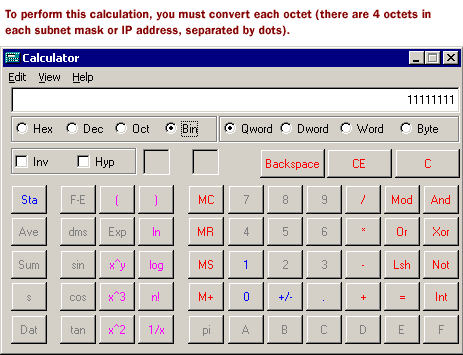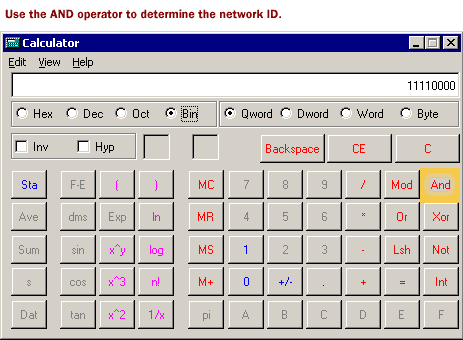| Lesson 5 | Determine subnet name |
| Objective | Define the parameters of a subnet name. |
Determine subnet Name
In Microsoft Active Directory, the parameters of a subnet name are defined by the subnet's IP address range.
This range is expressed in Classless Inter-Domain Routing (CIDR) notation, which combines the network IP address and the subnet mask.
Here are the steps for defining the parameters of a subnet name:
Remember, the name of the subnet in Active Directory is not an arbitrary label; it directly corresponds to the network parameters of the subnet as defined by its IP address range. Proper planning of your subnet configuration is critical to achieving an effective and efficient network infrastructure.
Here are the steps for defining the parameters of a subnet name:
- Open Active Directory Sites and Services. This can typically be found in the Administrative Tools folder on a domain controller.
- In the console tree, expand the 'Sites' node to reveal the 'Subnets' folder.
- Right-click the 'Subnets' folder, and select 'New Subnet'.
- In the 'New Object - Subnet' dialog box, input the IP address range for the new subnet in the 'Prefix' field, in CIDR notation. This defines the parameters of the subnet name.
For example, if your subnet's IP address range is from 192.168.1.0 to 192.168.1.255, the subnet name would be "192.168.1.0/24". Here, "192.168.1.0" is the network address and "/24" represents the subnet mask in CIDR notation (indicating that the first 24 bits of the IP address are used for network identification, leaving the remaining 8 bits for host addresses within the network). - In the 'Site Name' field, select the site to which you want to associate the new subnet.
- Click 'OK' to create the subnet.
Remember, the name of the subnet in Active Directory is not an arbitrary label; it directly corresponds to the network parameters of the subnet as defined by its IP address range. Proper planning of your subnet configuration is critical to achieving an effective and efficient network infrastructure.
- Why must a subnet have a name?
- What are its components?
Windows uses IP subnets as the basis for creating Active Directory sites, and each subnet must have a unique identifier (the subnet name) to differentiate it from other subnets. The subnet name is expressed in Classless InterDomain Routing[1] (CIDR) format, with the network number followed by a slash and the number of bits to be used for the network ID. NT administrators who are familiar with TCP/IP subnetting will recognize this subnetting method.
How to Determine Subnet Name
Determining Subnet name is a two-phase process. The first step in determining the name for your new subnet is to identify the IP addresses and subnet mask that computers on this subnet will use. The second is to determine the network ID value of the subnet name. These two phases involve detailed steps, outlined below: Here is the process, broken-down step by step:- Use the IPCONFIG utility to find out your IP address and subnet mask.
- Convert the subnet mask to binary. This is the Windows scientific calculator, which you may use to complete the conversion.

- Convert the IP address to binary.
- Perform an AND with the subnet mask. ANDing means "adding up" the 1's and 0's in such a way that two 0's = 0, a 1 and a 0 = 0, and two 1's = 1. You can AND two numbers with the Windows scientific calculator by using the AND key.

- Converting the binary back to dotted decimal is also done with the scientific calculator by merely selecting BIN, inputting the number, and selecting DEC.
Determine Subnet Name - Exercise
Click the Exercise link below to try defining the parameters of a subnet name.
Determine Subnet Name - Exercise
Determine Subnet Name - Exercise
[1]Classless InterDomain Routing: A way to allocate and specify the Internet addresses used in inter-domain routing more flexibly than with the original system of Internet Protocol (IP) address classes.